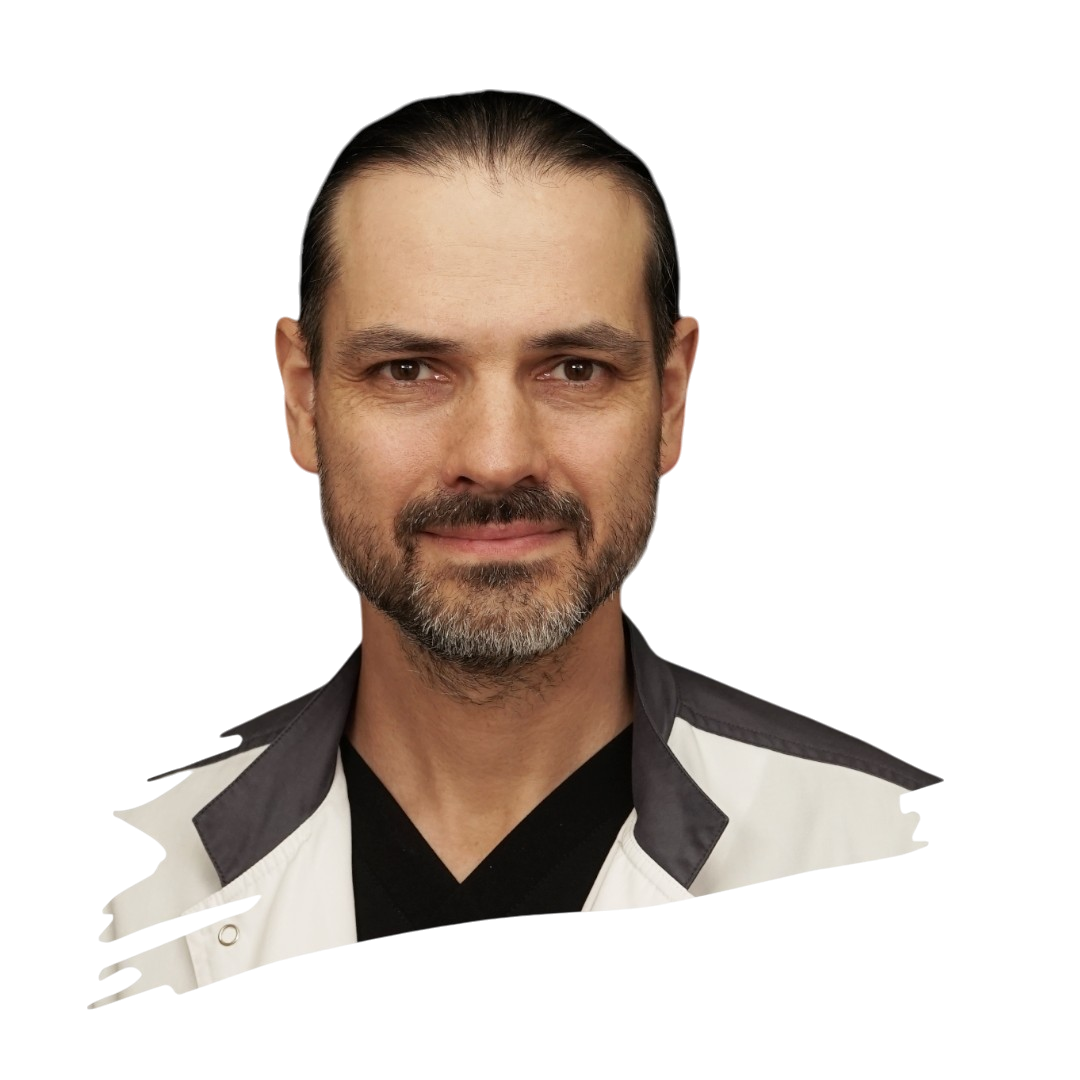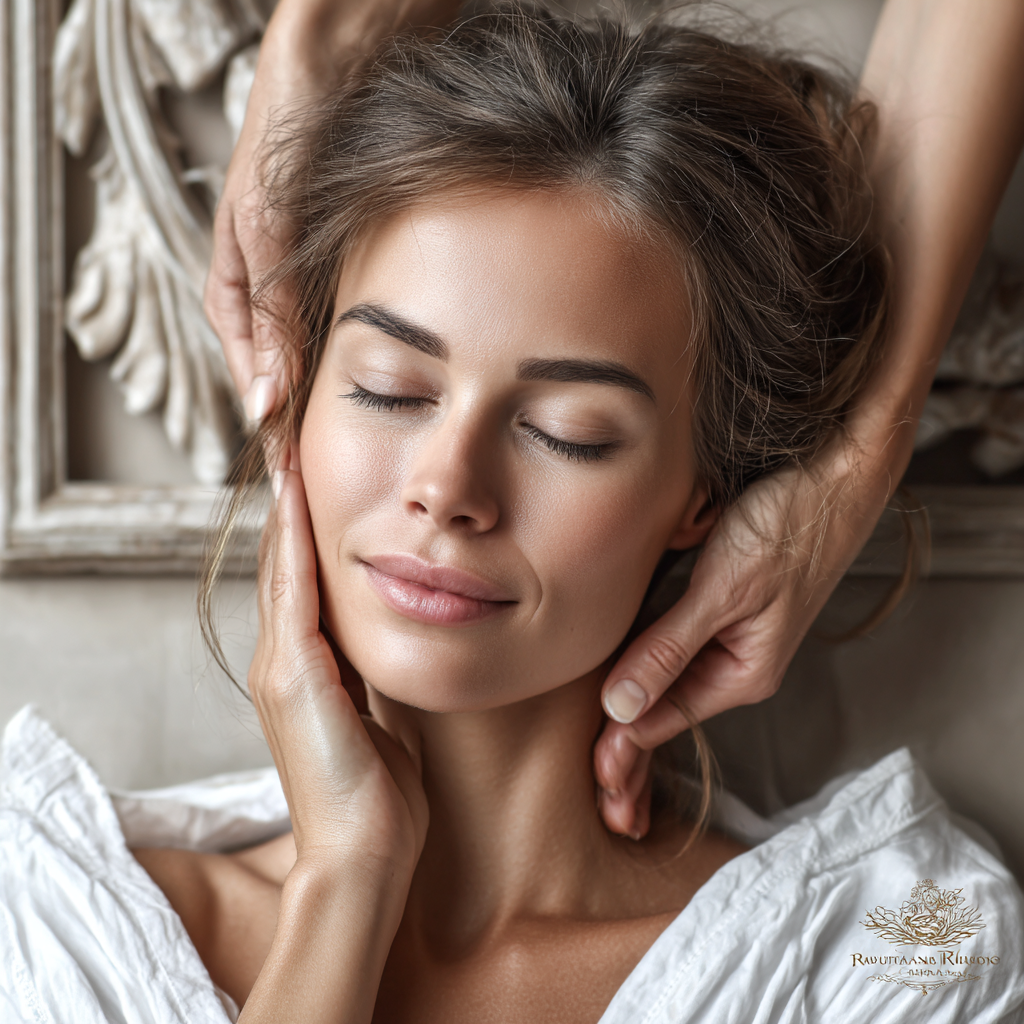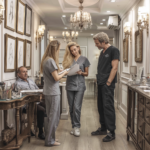The Role of Massage in Recovery After Rhinoplasty
Rhinoplasty is not just an aesthetic procedure; it’s a real surgical technique that requires a delicate approach both before and after the operation. The recovery period plays an equally important role as the surgery itself, and massage after rhinoplasty becomes one of the key elements for a successful recovery. Properly performed massage not only speeds up the rehabilitation process but also influences the final result by helping to reduce swelling and achieve the desired contours of the nose. In this article, we will explore the main techniques, physiological justifications, and conditions necessary for effective recovery after rhinoplasty.
Physiological Justification for Massage After Rhinoplasty
Massage after rhinoplasty is not just a pleasant procedure but a necessity based on medical principles. Each rhinoplasty involves intervention in the structure of the nose, which inevitably causes trauma to the soft tissues. The importance of activating the lymphatic system comes into play, which leads to the reduction of swelling. Massage not only diminishes swelling but also accelerates blood circulation, which is critically important for successful tissue healing. Understanding these processes will help you approach the performance of massage procedures more responsibly.
When to Start Massage After Rhinoplasty
Timing is key when starting massage procedures. Most specialists recommend waiting 5-7 days after the splint is removed before beginning massage. It’s crucial to remember that each case is unique: factors such as skin type, the extent of the surgery, and healing speed influence the decision to start massage. For example, patients with thin skin often experience reduced swelling much faster than those with thicker skin. Therefore, before starting massage after rhinoplasty, be sure to consult your surgeon.
Massage Techniques for Reducing Swelling
Several key techniques can help eliminate swelling and refine the shape of the nose. The first technique is lymphatic drainage. This method aims to activate the lymph nodes and improve lymphatic drainage. The massage is performed using gentle strokes, starting from the eyelids and moving towards the collarbone while avoiding any pressure on the tip of the nose during the first weeks. Also, consider the pinching technique: pinching the tip of the nose gently between two fingers for 30 seconds can help normalize blood circulation. Implementing these simple methods can significantly expedite the rehabilitation process.
Intensity and Duration of Massage
The regularity and proper technique of massage are critical for achieving the desired results. The optimal frequency for massage sessions is 3-4 times a day, with each session lasting about 20 minutes. It’s essential to remember that during the first three weeks, the massage should be gentler, gradually increasing in intensity as healing progresses. It is also helpful to perform massage in front of a mirror to monitor technique and see your progress. This can assist not only in technique but also provide additional motivation to keep going.
Massage Considerations Based on Skin Type
Skin type significantly affects the effectiveness of massage. Patients with thin skin usually experience reduced swelling more quickly: the primary swelling lasts about a month, while those with thick skin may take up to two years for full recovery. Massage will be particularly beneficial for patients with thick skin because it helps accelerate the reduction of swelling. It’s vital to take into account the individual characteristics of each patient and follow the doctor’s recommendations.
Safety Techniques during Massage
Safety is another key aspect that cannot be ignored when performing massage after rhinoplasty. Improper techniques can not only cause harm but also trigger displacement of bony structures, so massage during the first few weeks post-surgery should be approached with great caution. Monitor the amount of pressure applied: the massage should be comfortable and not cause pain. Paying close attention to the sensitivity of the tip of the nose during the first weeks is especially important to avoid complications.
Additional Rehabilitation Procedures
Besides massage, there are many other procedures that can speed up recovery. Taping is an essential part of rehabilitation that helps secure soft tissues and reduce swelling. Additionally, physiotherapeutic methods such as ultrasound therapy and laser treatment can significantly enhance the effects of massage. Do not forget lifestyle recommendations: light physical activity, avoiding injuries and sunburn, as well as careful attention to your health play a vital role in successful recovery.
Professional Massage vs. Self-Performed Procedures
Patients often face the question of whether to trust the massage to professionals or perform it on their own. Professional massage has many advantages, including knowledge of anatomy and the proper techniques. However, after training, patients can carry out certain massage techniques themselves, which can be beneficial for maintaining the rehabilitation process. The most important thing is to receive recommendations from your surgeon before starting self-massage.
Expected Results and Recovery Timelines
Understanding when to expect visible results can help avoid unnecessary anxiety during the recovery process. Generally, the swelling significantly decreases after the first month; however, the full result may not be evident for up to a year. This is due to the fact that final changes occur over time, and consistency in following all recommendations is essential. Regular massage after rhinoplasty becomes the key to successful recovery and achieving the perfect aesthetic result.
The Psychological Aspect of Massage in Rehabilitation
It’s important to remember that massage after rhinoplasty affects patients not only physically but also psychologically. Regular procedures help control the recovery process and reduce anxiety levels. By tracking changes in the shape of the nose, patients gain additional motivation, fostering discipline and a desire to follow all the doctor’s recommendations.
Common Mistakes and Misconceptions
Several common misconceptions related to massage after rhinoplasty exist. Many patients, eager to accelerate the process, start intensive massage too early, which can lead to complications. Others ignore their individual rehabilitation characteristics, attempting to apply methods that may work for others. Therefore, it’s crucial to maintain consistency and regularity in performing massage procedures. Never underestimate the importance of massage, as it significantly impacts the duration of swelling and the overall aesthetic outcome.
Conclusion
Massage after rhinoplasty is not just a cosmetic procedure but a vital component of comprehensive rehabilitation. Properly executing massage techniques helps reduce swelling, improve blood circulation, and shape the desired contours. Massage should begin no sooner than 5-7 days after the splint is removed, and its intensity and techniques should be tailored to the individual. Regularity and correctness in performing these procedures are the keys to successful recovery and achieving the desired aesthetic result. By following all medical recommendations and conducting regular massage, you will significantly speed up the rehabilitation process and make it more comfortable.
Do you want to keep up to date with the latest news about plastic surgery? Subscribe to my Telegram channel: https://t.me/By_Staisupov_ENG
Do you like to watch videos? More useful information is available here (the channel is in Russian, but you can always turn on auto-titles): https://www.youtube.com/@staisupov
All the results of plastic surgery can be found here: https://staisupov.com/results







